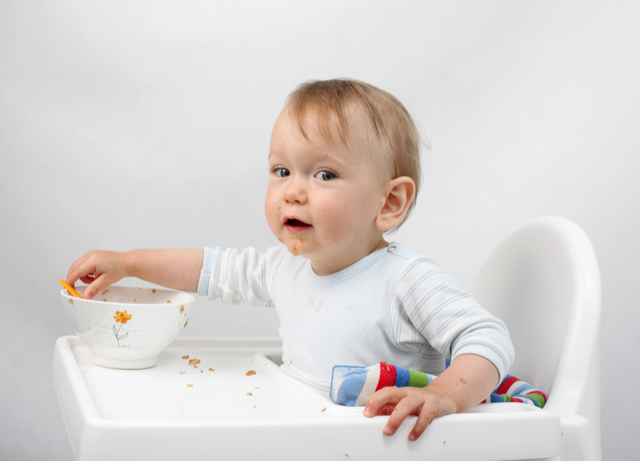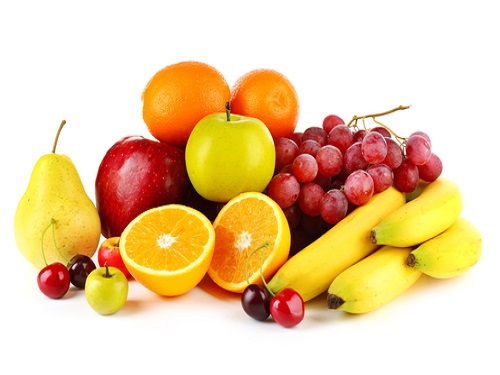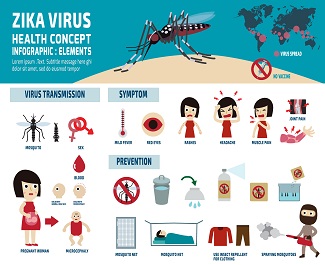Introduction to baby led weaning
Baby led weaning is an approach to starting solid food. Instead of puree food in traditional weaning method, soft finger food is introduced to the baby and baby is encouraged and guided to self-feed himself. In this approach, the spoon will not be needed.
When to start baby led weaning?
Baby should be at least 6-8 months old before you use this method to introduce solid food.
Furthermore, they must be able to sit upright without any assistance.
Signs of readiness also include:
Baby has lost the tongue-thrust reflex (A reflex in which an infant automatically pushes solids out of his mouth with tongue).
Baby has developed the fine motor skills to self-feed. For example, baby is able to pick up food between thumb and forefinger, not palm and fingers.
Baby is willing to chew, even if he has few or no teeth.
Baby shows interest in participating at mealtime and may try to grab food from his sibling’s plate and put it in his mouth.
What food to start?
It is good to let your baby to try ripe fruit such as avocado, banana, soft cooked apples at the beginning.
Other good starting foods include:
1. Cooked rice
2. Scrambled egg yolks
3. Flaky fish
4. Puffed cereals
5. Sweet potatoes
6. Soft cooked carrots, green beans
7. Pumpkin
Food to avoid
Food that poses a high risk of choking and food that have a higher risk of allergy should be avoided. These include:
1. Cherry
2. Grape
3. Tomator
4. Nuts
5. Gluten
6. Egg whites,
7. Seafood
8. Citrus.
9. Honey
10. Chocolate or sugar
Benefits Of baby led weaning
First, it is easier to prepare compared to traditional method of weaning. Using a food blender to puree food is time-consuming. As baby feed himself, the parent can eat at the same time.
Baby led weaning helps baby develop good eating habits. It gives the baby the chance to experience and explore a wide range of healthy food of different food textures. He may be more likely to continue to enjoy these foods later in life.
In addition, baby learns to manage food of different textures, tastes, sizes, and shapes. This gives them ample opportunity to practice the fine motor skills and hand-eye coordination. All these are beneficial for their healthy development.
Downsides of baby led weaning
First, the process of baby led weaning is very messy. At the beginning, the food may end up on the floor. You may need to spend a lot of time to clean up the floor, high chair, and baby clothes.
There will be a lot of waste and you may not know exactly how much your baby has eaten. If most of the food ends up on the floor, it also limits the number of nutrients he can get from his food.
Lastly, some babies may find it hard to chew on some finger foods, such as well-cooked meat, which is a good source of iron.
Danger of baby led weaning
Choking is perhaps the most important concern for all parents who practice or like to try baby led weaning.
To minimize the risk of choking, the parent should ensure that the baby has shown signs of readiness before practicing baby led weaning.
Furthermore, although baby led weaning encourages baby to feed himself, it is important for the parent to closely supervise him. Never let your baby eat alone.
Lastly, the parent should offer baby soft food, rather than the hard solid food.



